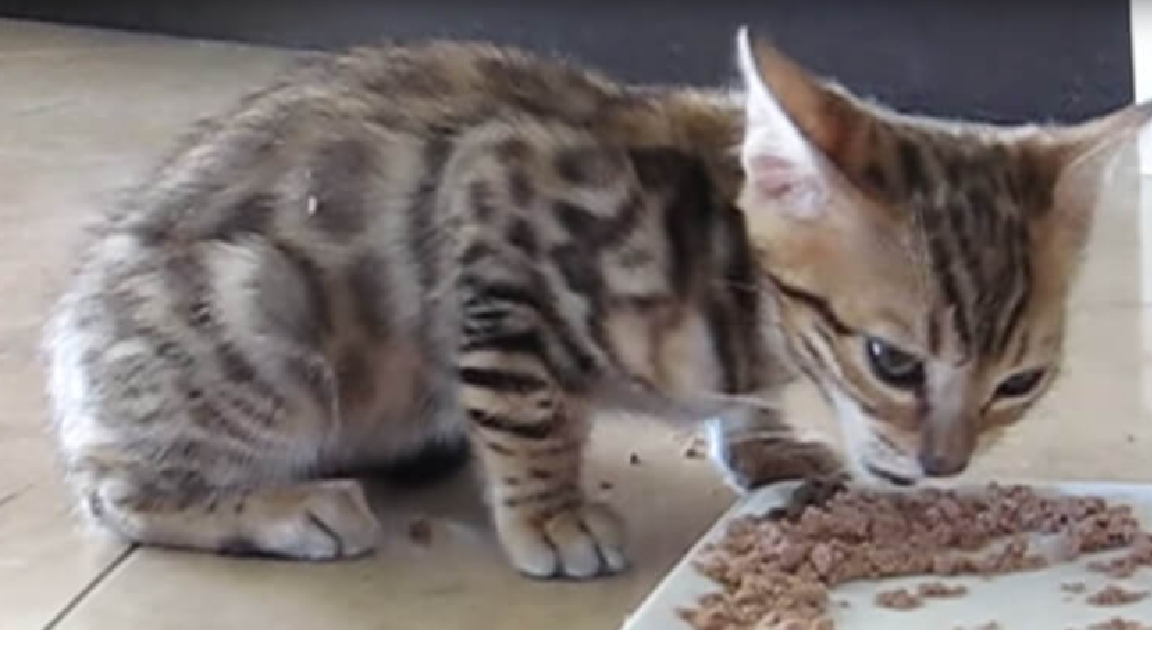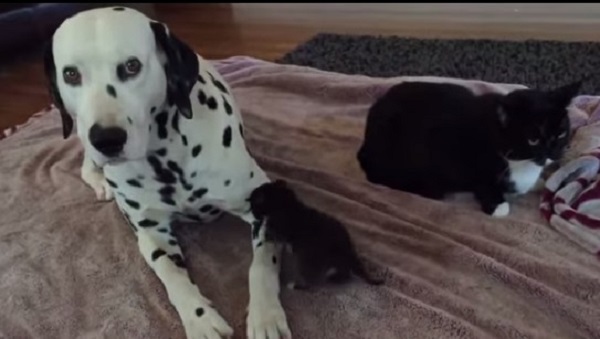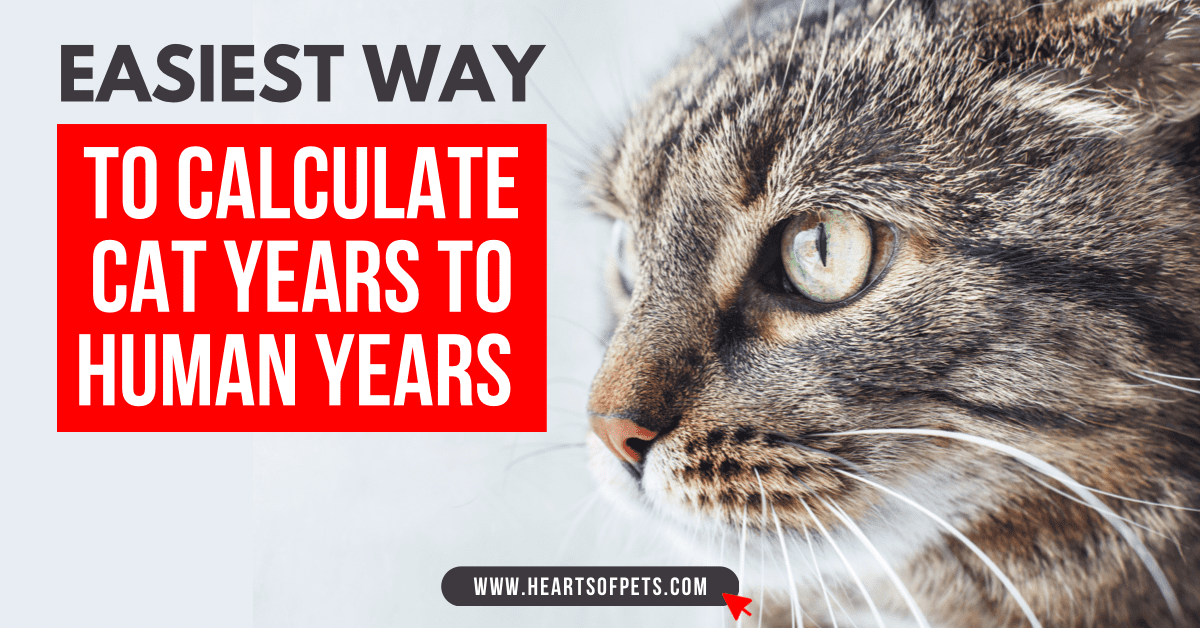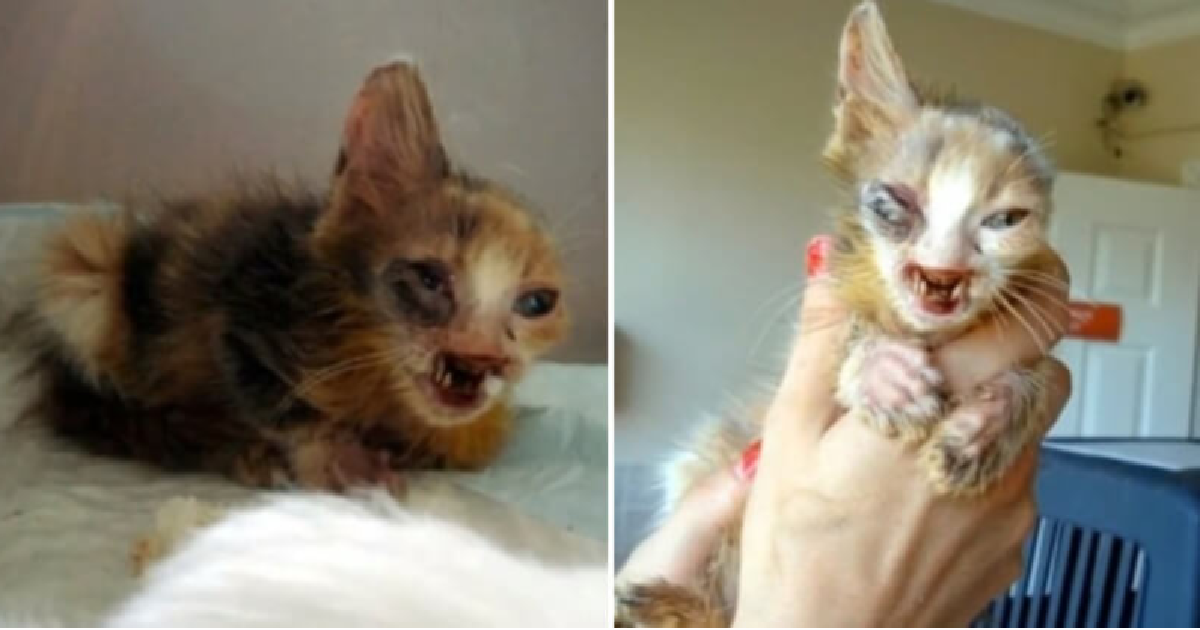Hello, I’m glad you’re here to explore an intriguing question: Can cats have nightmares? As a cat lover and researcher, I find feline dreams fascinating, and I’m excited to delve into this topic with you. Cats are mysterious creatures, often displaying behaviors that leave us wondering about their thoughts and experiences. Today, we’ll explore the intriguing world of cat dreams and seek to unravel the truth behind their nighttime adventures.
Can Cats Have Nightmares? Yes, they possibly can.
- Cats experience REM sleep, a phase associated with dreaming, just like humans.
- Kittens are more likely to have dreams than adult cats due to their increased need to process information.
- Signs that a cat is dreaming include tail twitching, rapid breathing, limb twitching, and facial movements.
- Anecdotal evidence suggests that cats can have nightmares, but scientific research is limited.
- Research indicates that cats often dream about hunting or past events and experiences.
The Cat Sleep Cycle: REM Sleep and Deep Sleep
Cats have two distinct sleep cycles that contribute to their overall sleep patterns. These cycles are known as REM sleep and deep sleep, each serving different functions in a cat’s sleep routine. Understanding these sleep cycles can provide insight into a cat’s sleep patterns, including their potential for dreaming.
REM Sleep in Cats:
REM, or Rapid Eye Movement, sleep is a stage of sleep associated with dreaming in humans and other mammals. Cats also experience REM sleep, during which their brains show similar low voltage electrical activity to humans. This is the stage when cats are most likely to exhibit behaviors such as eye twitching, muscle twitches, and whisker movements.
During REM sleep, cats may appear more active or restless, as if they are engaged in a dream. This is because REM sleep is when most dreaming occurs. While it is difficult to know exactly what cats dream about, it is thought that they may dream about hunting or reliving past experiences.
Deep Sleep in Cats:
Deep sleep, also known as non-REM sleep, is a phase of sleep where cats are in a more relaxed state with less brain activity. This is the stage of sleep when cats are in a deep and restorative state, allowing their bodies to recharge and repair. During deep sleep, a cat’s breathing and heart rate may slow down, and their body temperature may decrease.
Unlike REM sleep, cats are less likely to exhibit noticeable movements or behaviors during deep sleep. They may appear more still and relaxed, often curled up in a comfortable sleeping position.
Understanding the cat sleep cycle, including REM sleep and deep sleep, provides valuable insights into feline sleep patterns. While cats are known to experience dreaming during REM sleep, the exact nature and content of their dreams remain a fascinating subject for further scientific research.
Signs Your Cat is Dreaming
As cat owners, we can’t help but wonder what goes on in our feline friends’ minds when they’re fast asleep. But how do you know if your cat is dreaming? Look out for these signs that indicate your cat may be in the dreamland:
- Twitching of the tail: If you notice your cat’s tail moving rapidly while they’re sleeping, it’s a strong indicator that they’re in the midst of a dream.
- Rapid breathing: Cats tend to breathe faster during REM sleep, the stage associated with dreaming. So, if you see your cat’s chest rising and falling swiftly, they may be immersed in a dream world.
- Vocal noises: Some dreaming cats may emit soft purring or meowing sounds. These vocalizations suggest that they’re experiencing something vivid in their dreams.
- Limb twitching: Similar to humans, cats may display involuntary movements in their limbs while they dream. Keep an eye out for little twitches and jerks in their paws and legs.
- Facial twitching: Watch for slight twitches in your cat’s facial muscles, such as the whiskers and eyelids. These subtle movements are a telltale sign of their active dreams.
Remember, if you notice any of these signs, it’s essential not to disturb your dreaming cat. Waking them up abruptly can startle them and potentially cause harm to themselves or even to the person trying to wake them. Let your cat enjoy their dreams and rest undisturbed.
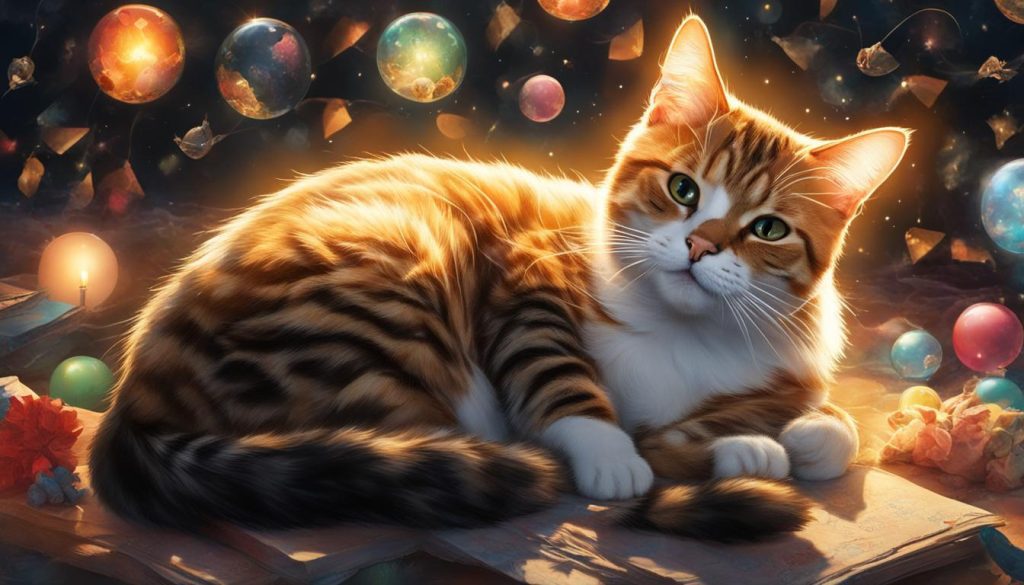
Can Cats Have Bad Dreams?
While it is difficult to determine if cats have bad dreams, anecdotal evidence suggests that they can experience nightmares. Cats, like humans, enter a state of deep sleep known as REM sleep, which is associated with dreaming. During this stage, cats may exhibit signs of fear or distress upon waking up from an active dream.
Some cats may make stressed sounds or display noticeable signs of distress while sleeping, such as pawing at the air or rapidly moving their legs. These behaviors might indicate that the cat is experiencing a nightmare. However, it’s important to note that interpreting a cat’s dream state is challenging, as we can’t directly communicate with them.
Further research is needed to fully understand the occurrence and impact of nightmares in cats. While anecdotal evidence suggests that cats can have bad dreams, scientific studies on this topic are limited. It is also essential to differentiate between nightmares and normal dream activity.
Understanding feline sleep disturbances, including nightmares, can help cat owners provide a safe and nurturing environment for their pets. Providing a comfortable and stress-free sleeping space, as well as regular exercise and mental stimulation, can contribute to better sleep quality for cats.
What Do Cats Dream About?
Studies have shown that cats often dream about hunting. Research conducted by removing part of the brainstem in cats revealed that they would dream about stalking prey and pouncing. However, it is difficult to fully understand the content of a cat’s dream as we cannot directly communicate with them. Cats may also dream about experiences and events that occurred throughout the day or in their past.
Dreams in cats can be fascinating to observe, and it’s not uncommon to witness a sleeping cat twitching its tail or making small movements as if engaged in a chase. These actions may indicate that the cat is actively dreaming about hunting or reenacting past events. While we can’t be certain of the exact content of a cat’s dream, the behavior displayed during sleep suggests that their dreams revolve around their natural instincts and experiences.
Cats possess a highly developed sense of hearing, smell, and sight, allowing them to hunt effectively. It makes sense that these skills would also manifest in their dreams. Watching a sleeping cat can provide a glimpse into their imaginative world and the feline dream patterns that govern it.
Understanding feline dream patterns can shed light on their cognitive processes and help us better comprehend these mysterious creatures. While more research is needed to fully grasp the intricacies of cat dreams, the existing evidence suggests that their dreams are intricately tied to their hunting instincts and the memories formed throughout their lives.
Mammals and REM Sleep
All mammals, including cats, experience REM sleep, which is associated with dreaming. REM sleep, standing for “rapid eye movement,” is a stage of sleep characterized by increased brain activity and vivid dreaming. The more time a mammal spends in REM sleep, the more likely they are to experience dreams. During REM sleep, the brain activity of mammals resembles that of the waking state, suggesting that dreams during this stage are comparable to our waking experiences.
Cats, like other mammals, have the remarkable ability to enter REM sleep more easily than humans. In fact, felines spend a significant amount of time in this stage of sleep. This propensity for REM sleep in cats is thought to be due to their hunting instincts and the need to process sensory information acquired during their waking hours.
Understanding Cat Dreams from a Scientific Perspective
Scientific studies on cat dreams have provided valuable insights into the feline sleep patterns and dream research. In the 1960s, Michel Jouvet conducted a pioneering study that revealed cats enter a dreamland state similar to humans during REM sleep. This low voltage of electrical activity in the brain during sleep, associated with dreaming in humans, is also observed in cats.
Despite this breakthrough, there is still limited research on the nature and significance of cat dreams. The study of animal sleep patterns and dream content is a growing field, and researchers are keen to delve deeper into the intriguing world of feline dreams. Ongoing and future studies may offer more comprehensive understanding of cat dreams and their potential role in cognitive processing and emotional well-being for our feline companions.
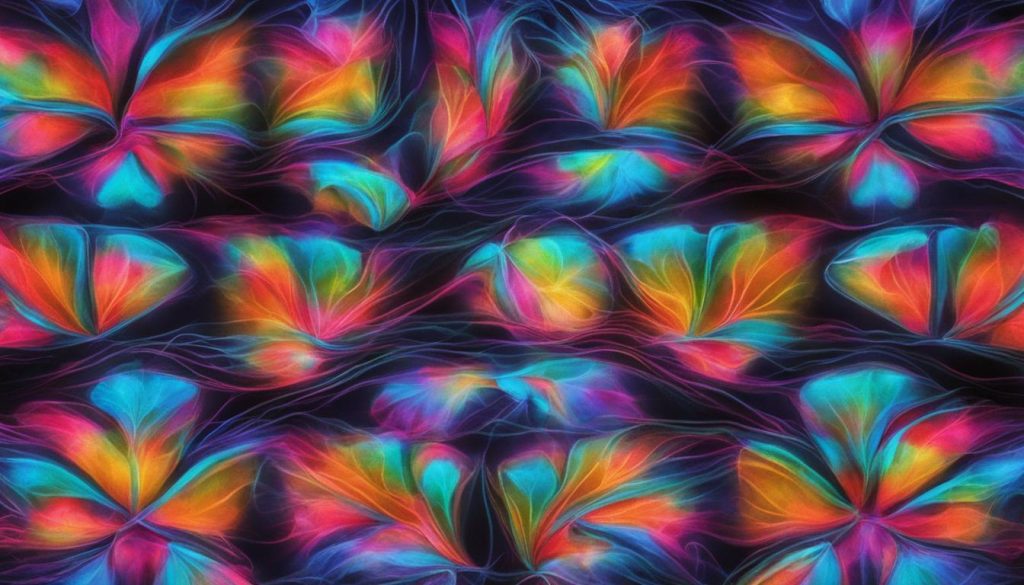
Scientific research plays a vital role in unraveling the mysteries of cat dreams. It provides a foundation for better understanding the complex sleep patterns of cats and their dream content. By shedding light on feline dream research, scientists hope to gain deeper insights into the cognitive and emotional lives of our beloved feline friends.
Conclusion
It is clear that cats can dream just like humans. Signs of dreaming in cats, such as tail twitching, rapid breathing, limb twitching, and facial movements, indicate that they are experiencing dreams during their sleep. While research suggests that cats often dream about hunting, the exact content and occurrence of nightmares in cats require further scientific investigation.
Understanding feline dreams is a fascinating area of study, and it is important to respect and allow cats to sleep through their dreams. However, if there are signs of a health emergency, it is crucial to wake the cat and seek professional veterinary attention.
As our understanding of feline sleep patterns and dream content continues to evolve, more research is needed to delve deeper into the realm of cat dreams. By exploring the scientific aspects of cat dreams, we can gain valuable insights into the sleep patterns and experiences of our beloved feline companions.
FAQ
Can cats have nightmares?
While there is limited scientific research on the topic, it is possible for cats to have nightmares. Cats may exhibit signs of fear or distress upon waking up from an active dream.
Do cats have dreams?
Yes, cats can have dreams. They experience a similar low voltage of electrical activity in the brain during sleep, called REM sleep, which is associated with dreaming in humans.
What are the signs that indicate a cat is dreaming?
Signs that a cat is dreaming include twitching of the tail, rapid breathing, vocal noises, limb twitching, and facial twitching. These behaviors are similar to the ones humans exhibit during dreams.
Can waking up a dreaming cat be harmful?
It is important not to wake up a dreaming cat as they may become startled and could potentially harm themselves or the person waking them up.
What do cats dream about?
Cats may dream about hunting or past events and experiences. Research suggests that they often dream about stalking prey and pouncing.
Do all mammals experience REM sleep?
Yes, all mammals, including cats, experience REM sleep, which is associated with dreaming. Cats can enter REM sleep more easily than humans and spend a significant amount of time in this stage of sleep.
Is there scientific research on cat dreams?
While there is limited scientific research on cat dreams, studies conducted in the 1960s provided evidence that cats enter a dreamland state similar to humans during REM sleep. Further research is needed to fully understand the nature and significance of cat dreams.
What is the conclusion about cat dreams?
Cats can have dreams and may even experience nightmares. Signs of dreaming in cats include twitching of the tail, rapid breathing, limb twitching, and facial twitching. While more research is needed, understanding feline dreams is a growing field of study.

